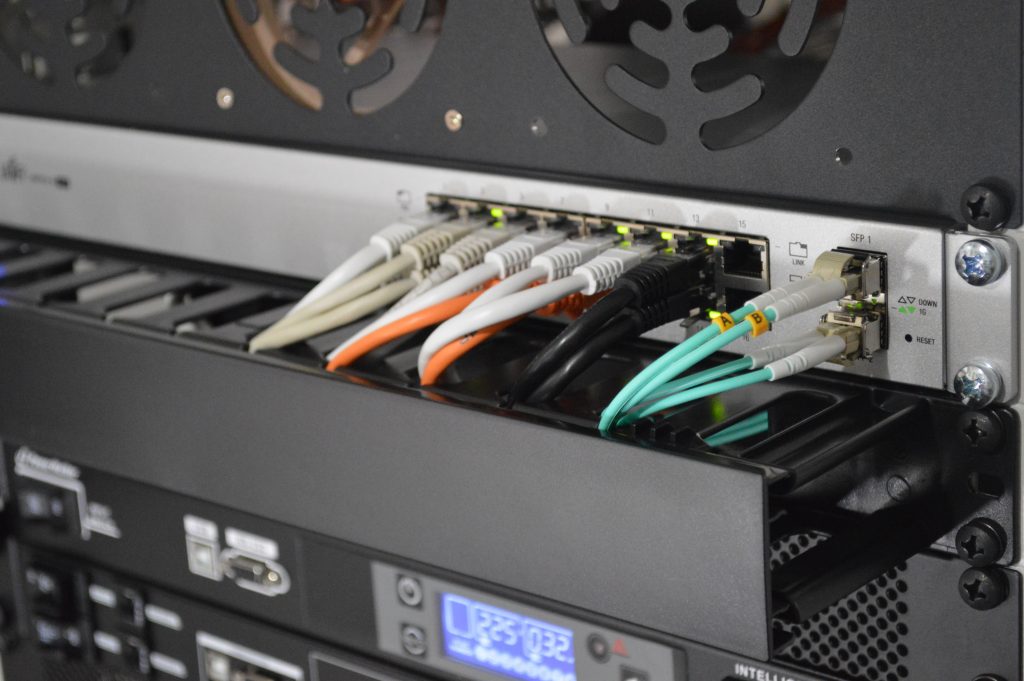Is your network ready for digital transformation?

If your company has more than one location, you know the complexity that’s involved in maintaining the network. You probably have several connected devices in each branch office, along with firewalls, Wi-Fi routers and perhaps VoIP equipment. Each patch, firmware update or new malware signature needs to be installed manually, necessitating a service call. The more locations you have, the bigger the cost and the greater the delay.
This is the state of technology at most distributed organizations these days, but it won’t scale well for the future. Some 50 billion new connected smart devices are expected to come online over the next three years, according to Cisco. This so-called “internet of things” (IoT) revolution will demand a complete rethinking of network infrastructure.
« Networks of the future must flexibly provision and manage bandwidth to accomodate a wide variety of usage scenarios. They must also be manageable from a central point. »
Functionality that’s currently locked up in hardware devices must move into software. Security will become part of the network fabric, rather than distributed to edge devices. Software updates will be automatic.
Cisco calls this vision “Digital Network Architecture” (DNA). It’s a software-driven approach enabled by intelligent networks, automation and smart devices. By virtualizing many functions that are now provided by physical hardware, your IT organization can gain unparalleled visibility and control over every part of their network.
For example, you can replace hardware firewalls with a single socket connection. Your network administrators can get a complete view of every edge device, and your security operations staff can use analytics to identify and isolate anomalies.
New phones, computers or other devices can be discovered automatically and appropriate permissions and policies enforced centrally. Wi-Fi networks, which are one of the most common entry points for cyber attackers, can be secured and monitored as a unit.
One of the most critical advantages of DNA is flexible bandwidth allocation. Many organizations today provision bandwidth on a worst-case scenario basis, resulting in excess network capacity that sits idle much for the time. In a fully software defined scenario, bandwidth is allocated only as needed, so a branch office that’s experiencing a lull doesn’t steal resources from a busy one. Virtualized server resources can also be allocated in the same way, improving utilization and reducing waste.
IoT will demand unprecedented levels of network flexibility. Some edge devices – such as point-of-sale terminals – will require high-speed connections that carry quick bursts of information for tasks such as credit card validation. Others, like security cameras, need to transmit much larger files but have greater tolerance for delay. Using a policy-based DNA approach, priorities can be set to ensure that each device gets the resources it needs.
Getting to DNA isn’t an overnight process. Nearly every new product Cisco is bringing to the market is DNA-enabled. As you retire older equipment, you can move to a fully virtualized, software-defined environment in stages. In some cases, you may find that the soft costs of managing a large distributed network – such as travel, staff time and lost productivity – already justify a switch. Whatever the case, ESI has the advisory and implementation expertise to help you make the best decision.
You might also like


SecTor 2021 Canada's Security IT Conference - November 3, 2021
The annual event where IT Security professionals gather to learn from and network with the world’s most innovative, intellectual, exciting and entertaining security professionals. SecTor is IT security training at its best.


Governance and management of information resources: serving the strategic objectives of companies
For informational resources to effectively contribute to the achievement of a company's strategic goals, processes must be adapted to be consistent with digital evolution and transformation.

